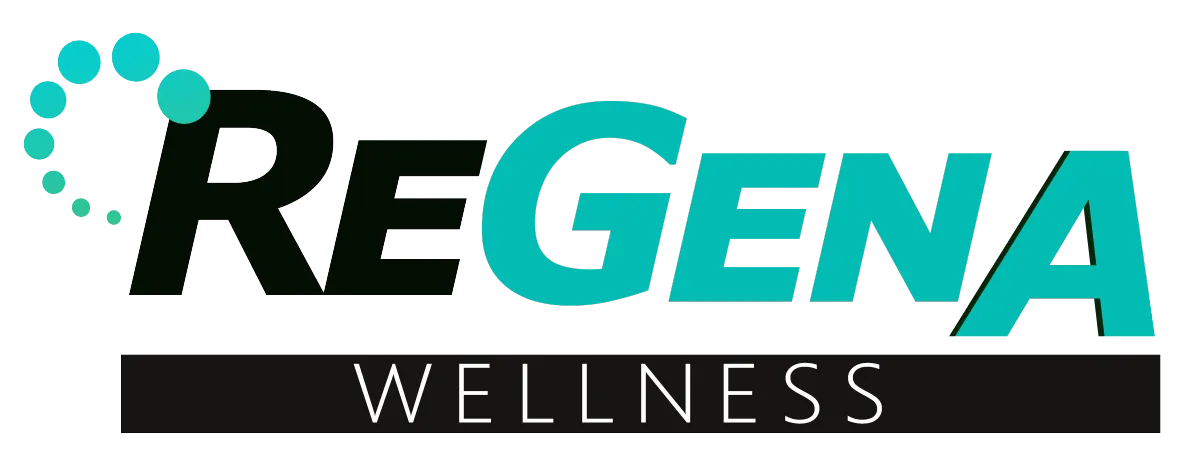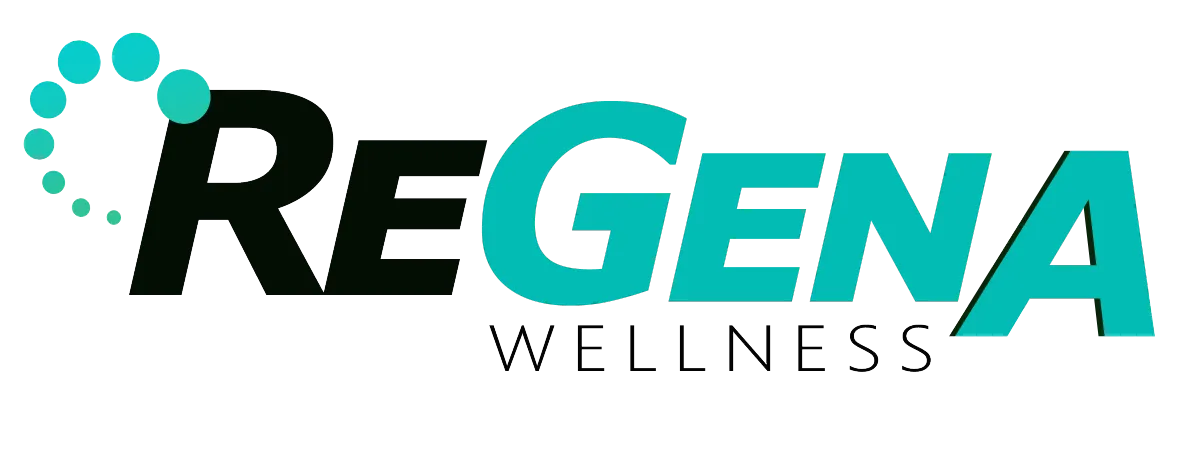CAN YOU HEAL ME NOW?
PAIN RELIEF
AND RECOVERY BEGINS ON A
CELLULAR LEVEL
SoftWave Therapy (ESWT), in scientific studies, shows evidence for improving pain, function and faster return to play rates in several common athletic or muscoskeletal injuries. Benefits include non-invasive application, minimal adverse events and accelerated tissue healing.
CAN YOU HEAL ME NOW?
PAIN RELIEF
AND RECOVERY BEGINS ON A
CELLULAR LEVEL
SoftWave Therapy (ESWT), in scientific studies, shows evidence for improving pain, function and faster return to play rates in several common athletic or muscoskeletal injuries. Benefits include non-invasive application, minimal adverse events and accelerated tissue healing.
CAN YOU HEAL ME NOW?
PAIN RELIEF
AND RECOVERY BEGINS ON A
CELLULAR LEVEL
SoftWave Therapy (ESWT), in scientific studies, shows evidence for improving pain, function and faster return to play rates in several common athletic or muscoskeletal injuries. Benefits include non-invasive application, minimal adverse events and accelerated tissue healing.
CAN YOU HEAL ME NOW?
PAIN RELIEF
AND RECOVERY BEGINS ON A
CELLULAR LEVEL
SoftWave Therapy (ESWT), in scientific studies, shows evidence for improving pain, function and faster return to play rates in several common athletic or muscoskeletal injuries. Benefits include non-invasive application, minimal adverse events and accelerated tissue healing.
CAN YOU HEAL ME NOW?
PAIN RELIEF
AND RECOVERY BEGINS ON A
CELLULAR LEVEL
SoftWave Therapy (ESWT), in scientific studies, shows evidence for improving pain, function and faster return to play rates in several common athletic or muscoskeletal injuries. Benefits include non-invasive application, minimal adverse events and accelerated tissue healing.
STIMULATE HEALING AT THE CELLULAR LEVEL
HEALING FROM THE INSIDE OUT
Promotes Cellular Regeneration While Reducing Pain and Inflammation to Accelerate Recovery
Acoustic Waves Moving at 3,350 mph Wake Up Cells for Accelerated Healing and Recovery Mode
UNLOCK NATURAL HEALING
Our bodies have an amazing ability to heal in ways science does not fully understand. Modern medicine, in an attempt to outsmart our body's original architect, uses drugs injections or surgery to mask the pain or interfere with the natural healing process. Side effects, uncertain results, painful processes and long recovery are just a few reasons to consider an alternative.
TRIGGER CELL RESPONSE
SoftWave doesn't create the process; it just triggers it into action and stimulates our body to do what it was designed to do. Over time we just don't heal or feel as well as we once did. SoftWave does not heal, it just turns back the healing clock, by waking up the body's natural ability to heal.
MARVEL OF A BODY HEALING
The acoustic waves created by this treatment provide healing from the inside out. We do not always know why it happens, but it is hard to argue with results. Check out how your body responds to acoustic waves that travel at 3,350 mph through your body to stimulate your body to allocate the healing resources it needs.
UNLOCK NATURAL HEALING
Our bodies have an amazing ability to heal in ways science do not fully understand. Modern medicine, in an attempt to outsmart our body's original architect, uses drugs injections or surgery to mask the pain or interfere with the natural healing process. With side effects, uncertain results, painful process, long recovery are just a few reasons to consider an alternative.
TRIGGER CELL RESPONSE
Softwave doesn't create the process; it just triggers it. Stimulates it. It encourages our body to do what it was designed to do. Over time we just don't heal or feel as we once did. Softwave does not heal, it just turns back the healing clock, by triggering the body's natural ability to heal and accelerates that process at a cellular level.
MARVEL OF A BODY HEALING
The acoustic waves created by this treatment is providing healing from the inside out. We do not always know why it happens, but it is hard to argue with results. Check out how your body responds to acoustic waves that travel at 3,350 mph through your body to trick your body to allocate the healing resources it needs.
.
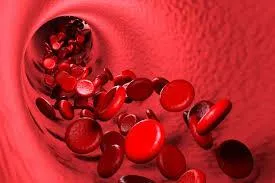
Angiogenesis:
The high-energy acoustic waves promote the growth of new blood vessels, enhancing blood flow to the injured area. Increasing blood flow brings more oxygen and essential nutrients to the damaged tissues, aiding in the healing.
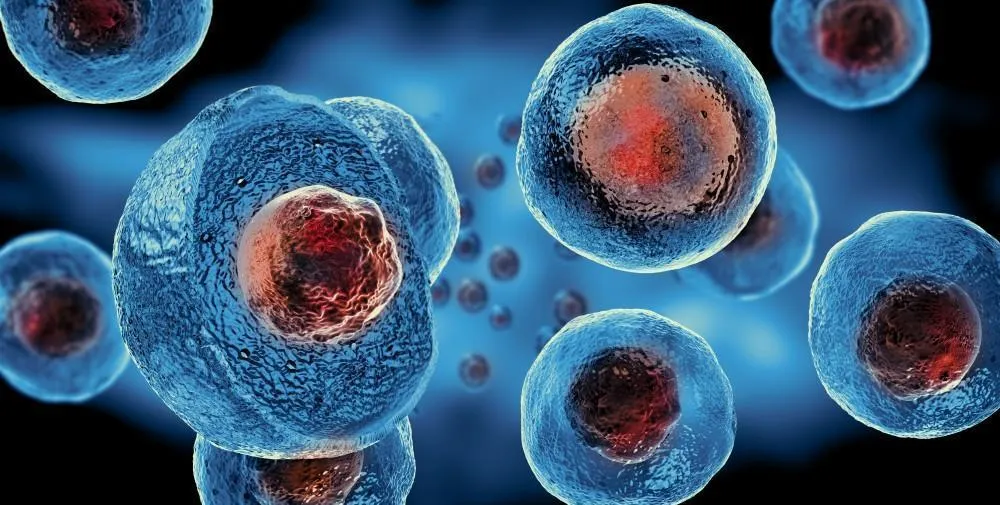
Stimulating Cellular Activity:
The therapy stimulates cells that generate new bone and connective tissue, promoting the repair of tendons, ligaments, and other soft tissues. It also promotes new stem cell recruitments directly to the injured tissue.
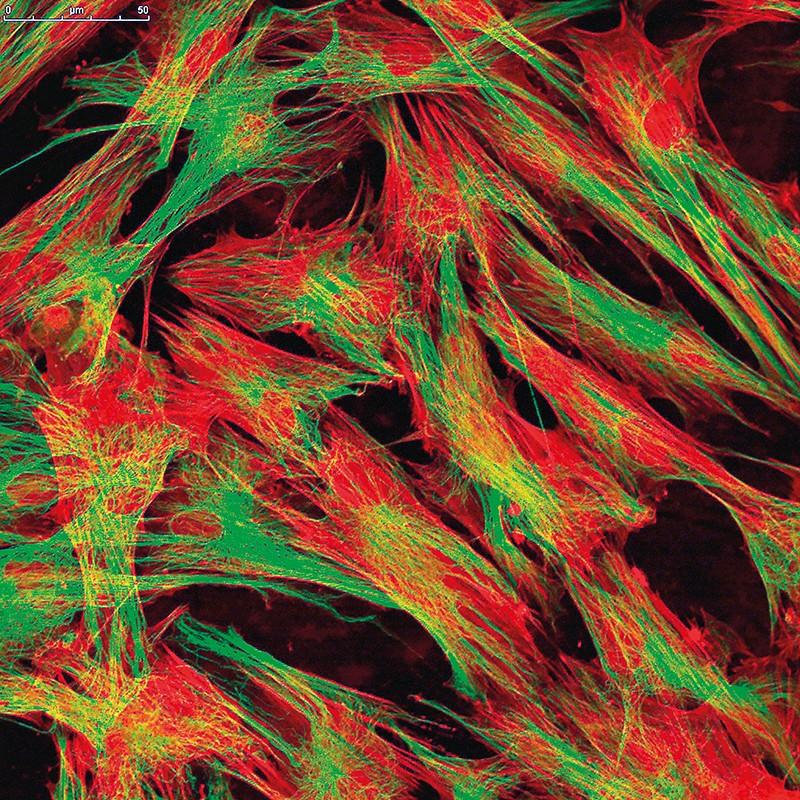
Breaking Down Scar Tissue:
The acoustic waves help break down calcified deposits and scar tissue (lithotripsy), which can impede healing. By fragmenting these impediments, the body can more effectively repair and regenerate the affected tissues
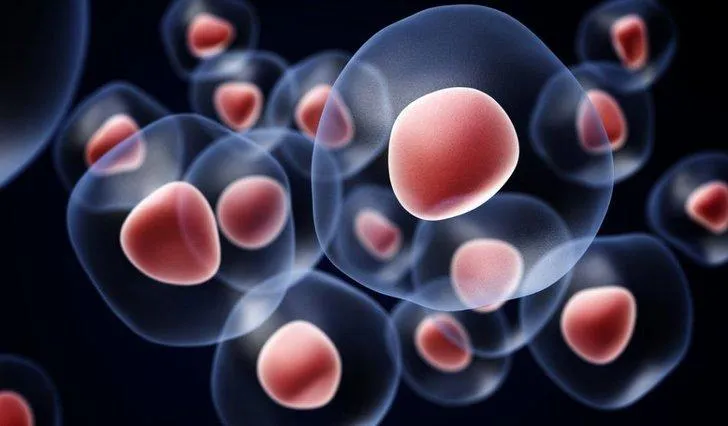
Growth Factor Induction:
Shockwave therapy encourages the release of Insulin-like or platelets derived growth factors. Growth factors stimulate cellular activity which promotes tissue repair and regeneration by stimulating cellular activities.
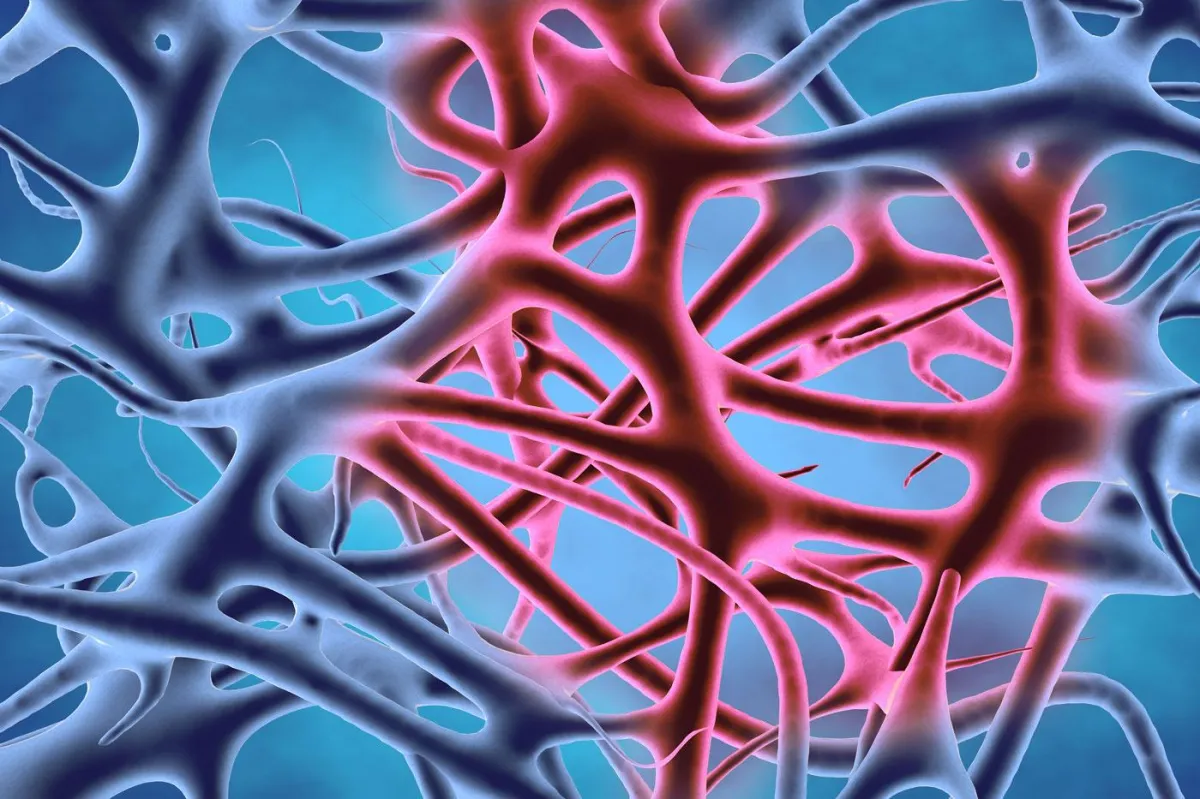
Reduces Inflammation:
The procedure helps clear out waste products and decreases inflammatory cytokines which encourages faster muscle and tendon repair.
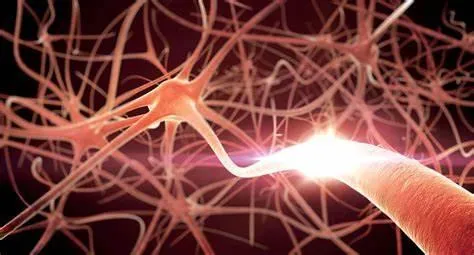
Reduces Pain:
Treatment inhibits the production of substance P, a chemical compound that plays a role in pain perception. The acoustic waves overstimulate nerve endings in the affected area to help reduce pain.

Increases Collagen Production:
The shock waves stimulate fibroblasts, the cells responsible for producing collagen, and deposits them in specific locations. Collagen is required for the successful healing of damaged tissues, muscles, and ligaments.
Innovation
Fresh, creative solutions.
Integrity
Honesty and transparency.

Excellence
Top-notch services.

Innovation
Fresh, creative solutions.

Integrity
Honesty and transparency.

Excellence
Top-notch services.

FOLLOW US
COMPANY
CUSTOMER CARE
LEGAL
Copyright 2025. ReGenA Wellness of Carlsbad. All Rights Reserved.
